Introduction
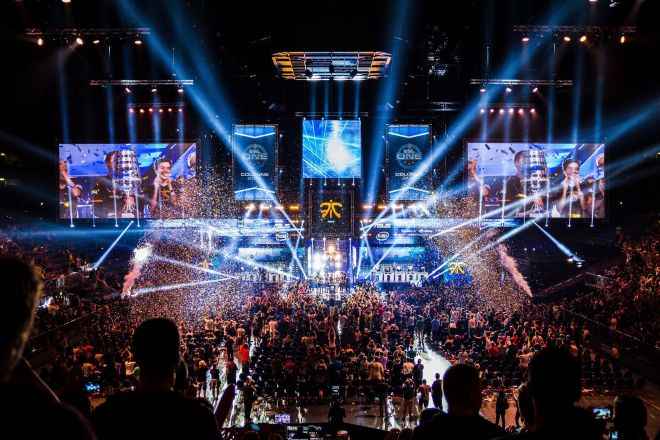
For many activities with temporary or short-term needs, renting LED display screens has become an economical and efficient option. However, there are many types of LED displays on the market that have different performances. How to choose a display that both meets the needs and is cost-effective has become the focus of many event organizers.
Choosing the right LED display screen is not only related to the visual effects and information transmission efficiency of the event but also directly affects the overall quality of the event and the audience’s experience.
Therefore, before leasing an LED display screen, we need to fully understand our own needs, clarify the key performance indicators of the display screen, and consider the reliability and cost-effectiveness of the rental service. Only in this way can we ensure that we select the most suitable LED display within the limited budget and time, adding a touch of brilliance to the success of the event.
1. Clarify leasing needs
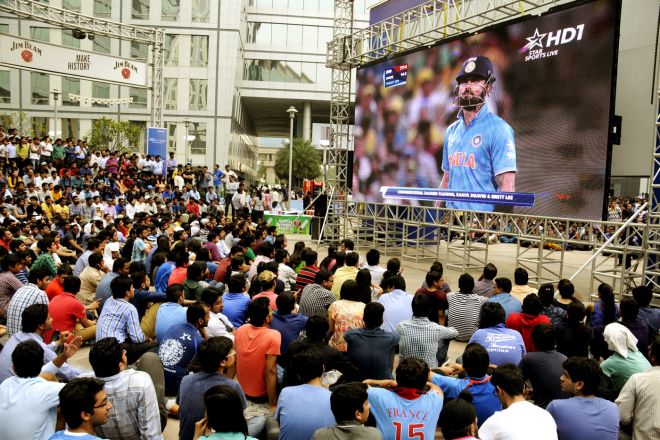
Before choosing to rent an LED display screen, clarifying your needs is a crucial first step. Different event types, sizes, display content needs, and rental time and location will have a profound impact on the final display type chosen.
First, consider the type and size of the event. The type of activity determines the usage scenarios of the display, such as commercial exhibitions, concerts, sports events, etc. Each scene has different requirements for the display.
At the same time, the scale of the event determines the size and number of displays. For large events, a larger display may be needed to capture the audience’s attention, while for smaller events, a more compact, portable display may be an option.
Second, clarify whether the activity will take place indoors or outdoors. There are significant differences in the requirements for display screens in indoor and outdoor environments.
For example, outdoor displays need to have higher brightness and better waterproof and dustproof performance to ensure normal operation in various harsh weather conditions.
In addition, the number of viewers and viewing distance are also important factors to consider when choosing a display. The number of viewers determines the viewing range of the display, while the viewing distance affects the resolution and size of the display.
To ensure that all viewers can clearly see the display content, the appropriate display size and resolution need to be selected based on the number of viewers and viewing distance.
In terms of display content requirements, different activities may need to display different types of content, such as text, pictures, videos, etc. This requires the display to have sufficient color reproduction and clarity to present a vivid and realistic picture effect.
At the same time, depending on the content requirements, performance indicators such as the refresh rate and contrast of the display may also need to be considered.
Finally, knowing when and where to rent is crucial to choosing the right display. The length of the lease period will affect the rental cost and equipment depreciation, while the installation environment and conditions determine the installation method and protective measures of the display.
For example, installation in complex environments may require more technical support and equipment preparation.
By comprehensively considering the above factors, we can initially determine the basic needs for renting LED display screens, providing a basis for subsequent selection and comparison.
2. Key factors in choosing LED display screen
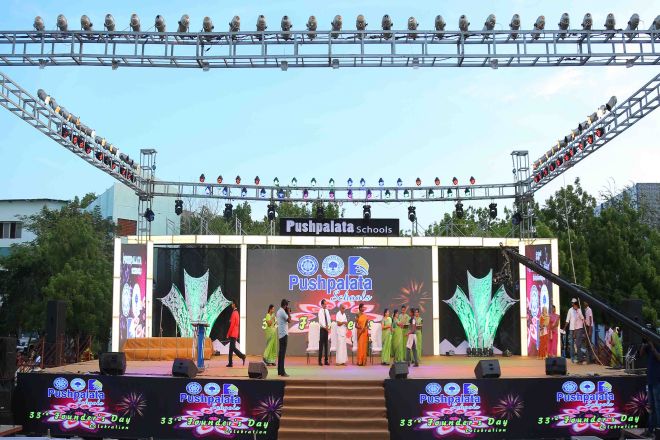
When renting an LED display screen, it is crucial to choose the right display screen, and multiple key factors need to be considered. Here is a detailed analysis of these key factors:
First of all, screen size and resolution are important factors that must be considered when selecting an LED display. Screen size should be determined based on the viewing distance of the audience and the content being displayed.
If you are viewing from a distance, you will need to choose a larger screen size to ensure the content is clearly visible. At the same time, high resolution is crucial to ensure picture clarity, especially when displaying detailed content such as text, pictures, or videos. High resolution can present a more delicate and realistic picture effect.
Secondly, brightness and contrast are key factors that affect the visual effect of LED displays. For outdoor environments, due to factors such as sunlight, the display needs to be high in brightness to ensure that the content is clearly visible.
For indoor environments, you can choose a display with moderate brightness according to specific conditions. In addition, contrast determines the layering of the picture. High contrast can present more vivid colors and deeper blacks, improving the overall visual effect.
Color performance is another factor that cannot be ignored. Color reproduction and saturation are crucial to displaying realistic, vivid images. At the same time, color uniformity is also an important indicator for evaluating display performance.
It is related to the color consistency of the entire display area and avoids problems such as color aberration or color spots.
Finally, stability and reliability are long-term factors that need to be considered when choosing an LED display. Product quality and brand reputation are important bases for evaluating the stability of the display screen. A high-quality display screen should have a low failure rate and a long service life.
In addition, thermal design and protection level are also important factors affecting the reliability of the display. A good heat dissipation design can ensure that the display screen works stably in high-temperature environments, while a higher protection level can resist erosion by external factors such as water and dust, ensuring the safe operation of the display screen.
3. Consider rental services and costs.
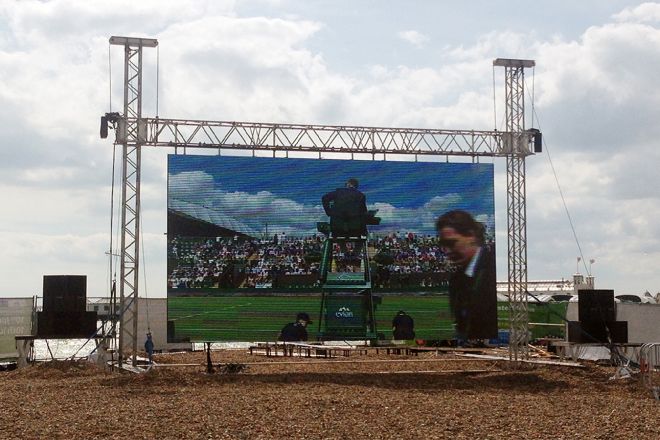
When selecting an LED display, in addition to paying attention to the performance parameters of the display itself, rental services and costs are also important factors that cannot be ignored. The following is a detailed analysis of these two aspects:
First of all, the reputation and service of the rental company are the key to ensuring the smooth progress of the event. Choosing a rental company with a professional installation and commissioning team can ensure the rapid and accurate installation of the display and provide timely technical support during use.
In addition, high-quality after-sales service is also an important indicator for measuring the service level of a leasing company, including regular maintenance, troubleshooting, emergency response, etc.
By choosing a rental company with a good reputation and high-quality services, you can reduce the risks during use and improve the success rate of the event.
Secondly, cost budget and control are important factors to consider when leasing LED displays. Rental fees and deposits are the main components of leasing costs and need to be properly planned according to the budget. When choosing a leasing company, you can compare quotes from different companies and choose a cost-effective solution.
At the same time, pay attention to the provisions in the contract regarding fee payment, deposit refund, etc., to ensure that the rights and interests of both parties are protected.
In addition, transportation and installation costs are also a part of the rental cost that cannot be ignored. Shipping and installation costs may vary depending on event location and display size.
Therefore, when choosing a leasing company, you need to understand its charging standards and service content in order to make a good cost budget.
4. Kind tips
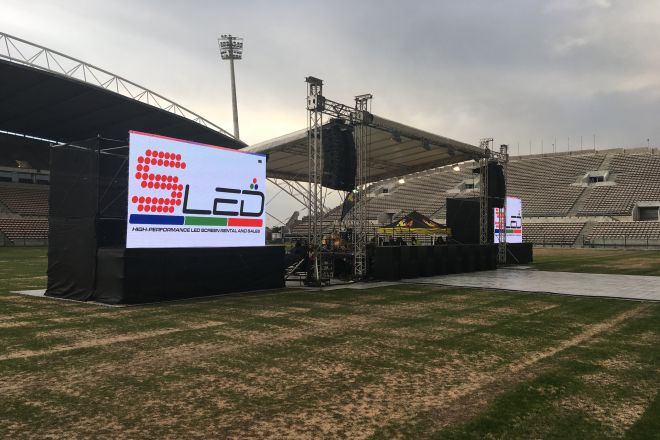
In the process of selecting LED display screens, we need to comprehensively consider the three core elements of demand, performance, and cost to ensure that the final choice not only meets the needs of the event but is also cost-effective. Here are some specific suggestions:
First of all, clarifying the needs of the event is the starting point for selecting an LED display. We need to determine the required screen size, resolution, brightness, color, and other key parameters based on factors such as the type, scale, content, and venue environment of the event.
At the same time, the viewing distance and angle of the audience must also be considered to ensure the best visual effect of the display.
Second, finding a balance between performance and cost is crucial. Although high-performance LED displays can bring better visual effects, the corresponding costs will be higher.
Therefore, we need to weigh the relationship between performance and cost based on budget and actual needs and choose the most cost-effective product.
Additionally, it is important to plan ahead and allow enough time for rental and installation.
This not only ensures that we have sufficient time to select and compare different products and solutions but also avoids problems such as decision-making errors or installation delays caused by time constraints.
Finally, maintaining good communication with the rental company is also key to ensuring a smooth event. You need to clarify your needs, negotiate details, confirm fees, etc., with the leasing company, and maintain close contact during the event so that possible problems can be resolved in a timely manner.
Through good communication and cooperation, we can ensure that the LED display screen will have the best effect at the event.
Conclusion
To sum up, choosing a suitable LED display rental solution is a process that comprehensively considers demand, performance, service, and cost. Through the introduction of this article, I believe you have a clearer understanding of how to choose a rental LED display.
Finally, if you want to know more about leasing LED display screens, please get in touch with us.
